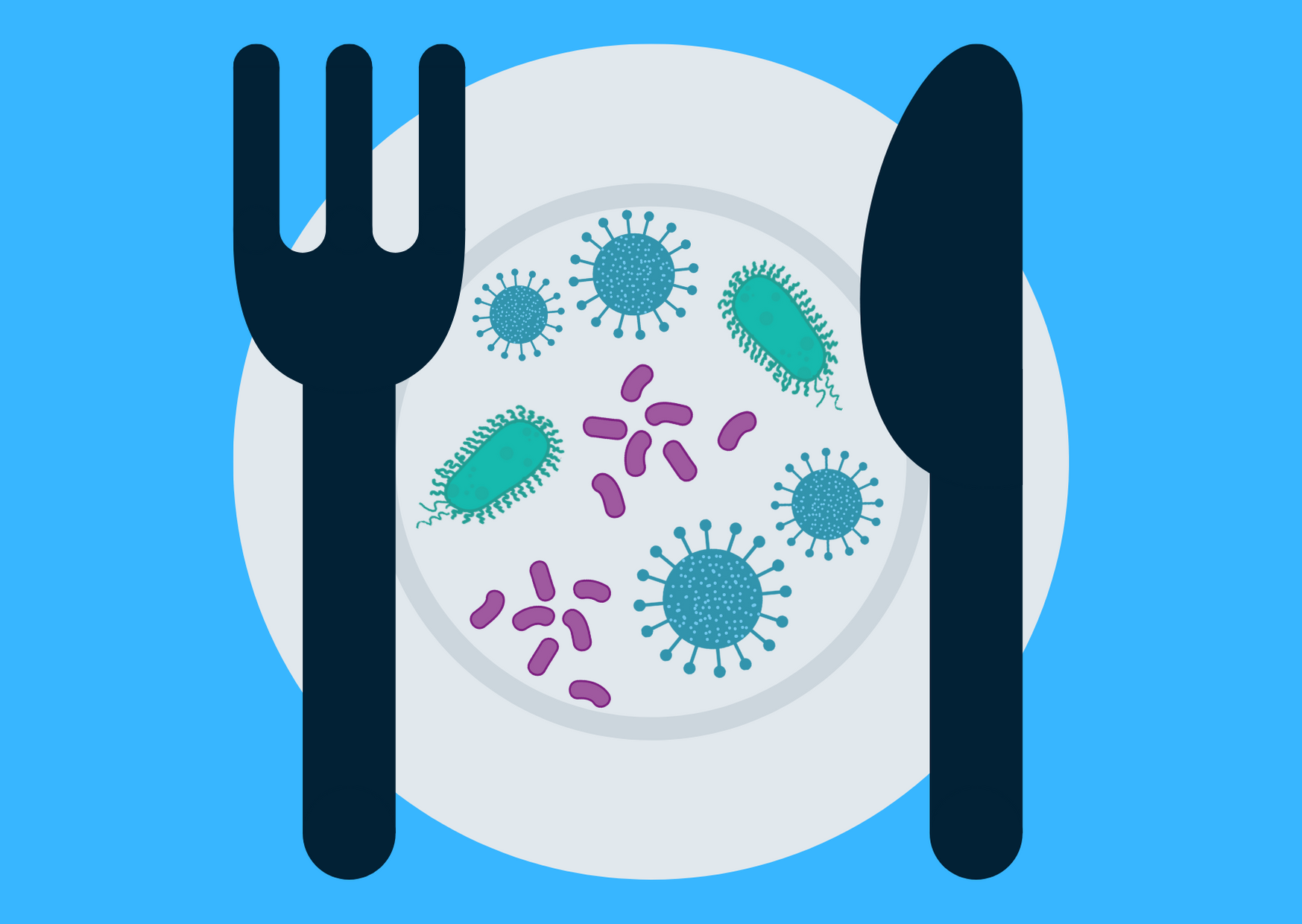Food safety is a paramount concern for everyone, whether you’re a consumer enjoying a meal at a restaurant or a food industry professional handling ingredients in a commercial kitchen. Foodborne illness, often caused by pathogens such as bacteria, viruses, parasites, and toxins, can lead to serious health consequences. In this comprehensive guide, we’ll explore crucial steps to prevent foodborne illness, emphasizing the importance of food safety compliance software, food safety management systems, and effective food audit software.
Understanding Foodborne illness:
Before diving into prevention measures, it’s essential to understand what foodborne illness entails. Foodborne illness, also known as food poisoning, occurs when contaminated food is consumed, leading to symptoms such as nausea, vomiting, diarrhea, abdominal pain, fever, and more. The severity of symptoms can vary depending on the type of contaminant and the individual’s health condition.
Common Causes of Foodborne illness:
Bacteria: Pathogens like Salmonella, E. coli, and Listeria monocytogenes are common culprits of foodborne illness. These bacteria can contaminate food during production, processing, storage, or handling.
Viruses: Norovirus and hepatitis A are examples of viruses that can spread through contaminated food or water, causing gastrointestinal issues and other health problems.
Parasites: Parasites like Cryptosporidium and Giardia can contaminate food and water sources, leading to severe digestive symptoms.
Toxins: Toxins produced by certain bacteria, such as Clostridium botulinum (botulism toxin) or Staphylococcus aureus (staph toxin), can cause foodborne illness if ingested.
Prevention Measures:
Now, let’s delve into crucial steps to prevent foodborne illness:
Implement Food Safety Management Systems:
Food safety management systems provide a structured approach to managing food safety risks. These systems include procedures, policies, and practices designed to prevent, eliminate, or reduce hazards in food production and handling processes. Implementing a robust food safety management system helps organizations identify potential risks, establish preventive controls, and ensure compliance with regulatory requirements.
Utilize Food Safety Compliance Software:
Food safety compliance software simplifies the management of food safety processes by streamlining tasks such as documentation, record-keeping, and compliance monitoring. These software solutions offer features such as automated alerts, real-time data analysis, and customizable reporting capabilities, enabling organizations to maintain high standards of food safety while reducing manual errors and inefficiencies.
Conduct Regular Food Safety Audits:
Food safety audits involve comprehensive assessments of food handling practices, facility cleanliness, equipment maintenance, and adherence to regulatory requirements. Conducting regular audits helps identify potential areas of improvement, address compliance issues proactively, and ensure that food safety protocols are effectively implemented throughout the supply chain.
Train Personnel on Food Safety Practices:
Proper training and education are key to promoting a culture of food safety within an organization. Employees involved in food handling, preparation, and service should receive comprehensive training on hygiene practices, cross-contamination prevention, temperature control, allergen management, and sanitation procedures. Ongoing training sessions and refresher courses help reinforce food safety knowledge and skills among staff members.
Maintain Proper Hygiene and Sanitation Standards:
Strict adherence to hygiene and sanitation standards is essential in all stages of food production, from farm to fork. This includes regular handwashing, sanitizing surfaces and equipment, proper storage of raw and cooked foods, and maintaining adequate temperature controls. Establishing cleaning schedules, using approved sanitizers, and following established protocols for waste disposal are critical in minimizing the risk of foodborne illness.
Implement Hazard Analysis and Critical Control Points (HACCP) Principles:
HACCP is a systematic preventive approach to food safety that identifies, evaluates, and controls hazards throughout the food production process. By conducting hazard analysis, determining critical control points, and implementing preventive measures, organizations can mitigate risks and ensure the safety of their products. Adhering to HACCP principles is a requirement for many food businesses and is recognized internationally as a best practice in food safety management.
Conclusion:
In conclusion, preventing foodborne illness requires a multi-faceted approach that encompasses effective food safety management systems, utilization of food safety compliance software, regular audits, employee training, hygiene practices, and adherence to HACCP principles. By implementing these crucial steps, food establishments can safeguard the health and well-being of consumers while maintaining compliance with regulatory standards. Remember, ensuring food safety is not just a legal requirement but also a moral obligation to protect public health.

